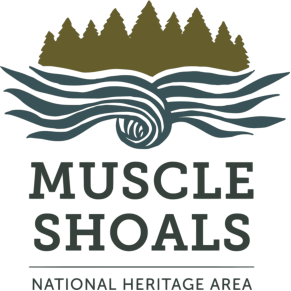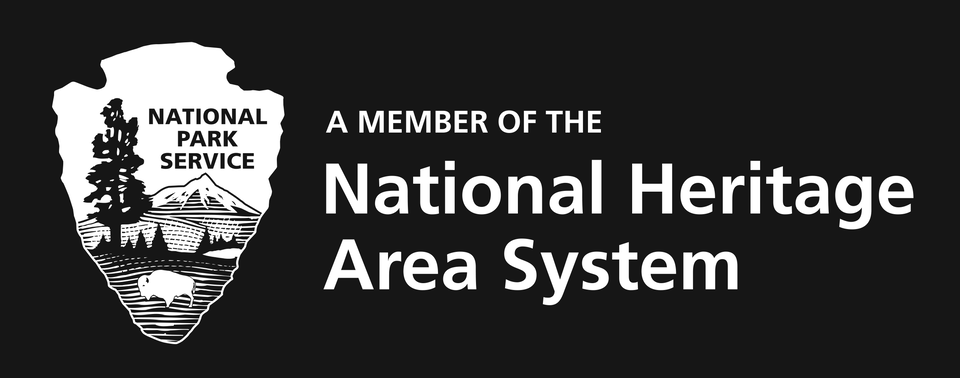River Heritage
With an approximate length of 652 miles and a watershed covering roughly 41,000 square miles in seven states, the Tennessee River is one of the most significant river systems in the U.S. It flows southwest out of Knoxville, Tennessee, and crosses into Alabama to travel west before turning north across the Mississippi state line and emptying into the Ohio River in Kentucky. The Muscle Shoals National Heritage Area encompasses the 80-mile stretch of river from Brown’s Ferry in Limestone County to Waterloo in Lauderdale County, known as the Muscle Shoals region for its shallow water — the shoals — rich in mussels and other shellfish.
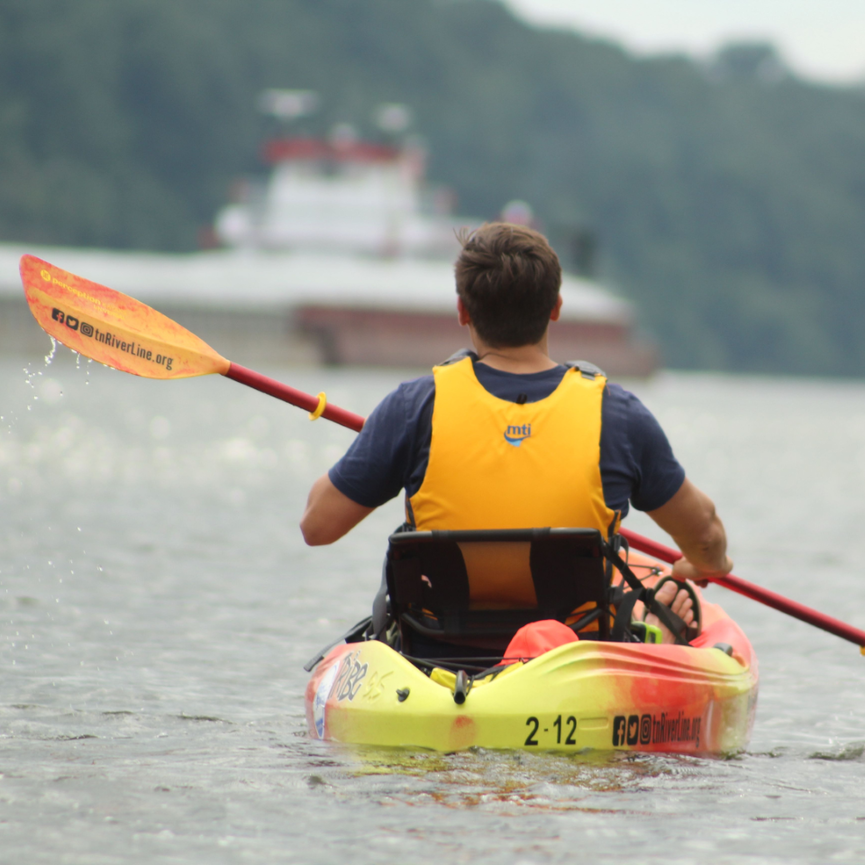

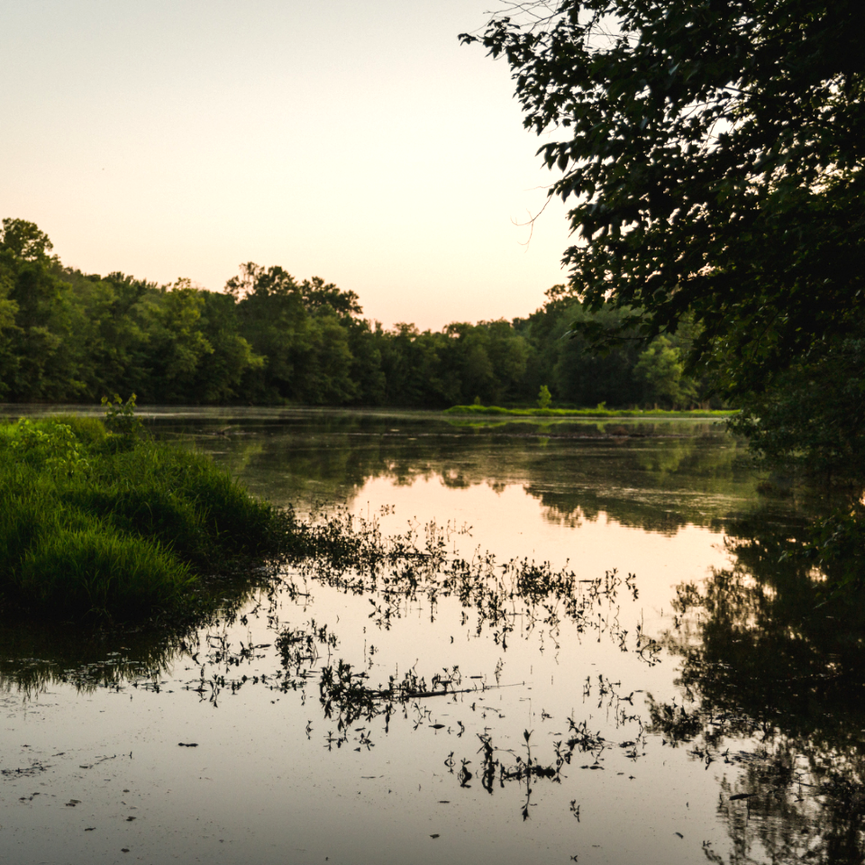
Landscape and Wildlife
The Tennessee River is the largest feature of the MSNHA landscape. The area surrounding the river is filled with sink holes, caves, and underground streams. This is known as karst topography and is due in part to the limestone and chert bedrock throughout the area. The Tennessee River is one of the most biodiverse river systems in North America and is home to more threatened and endangered species, such as the Alabama cavefish and the pink mucket, than any other large river basin on the continent.
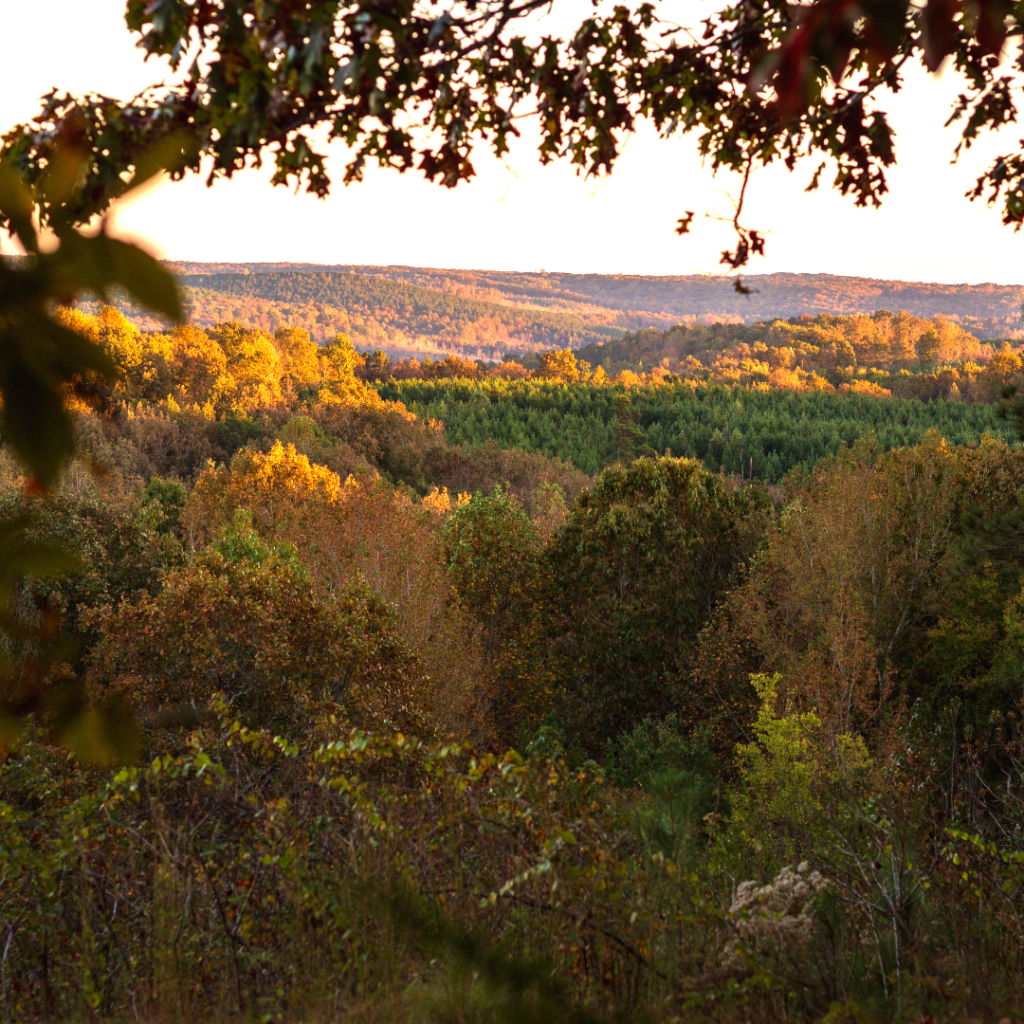

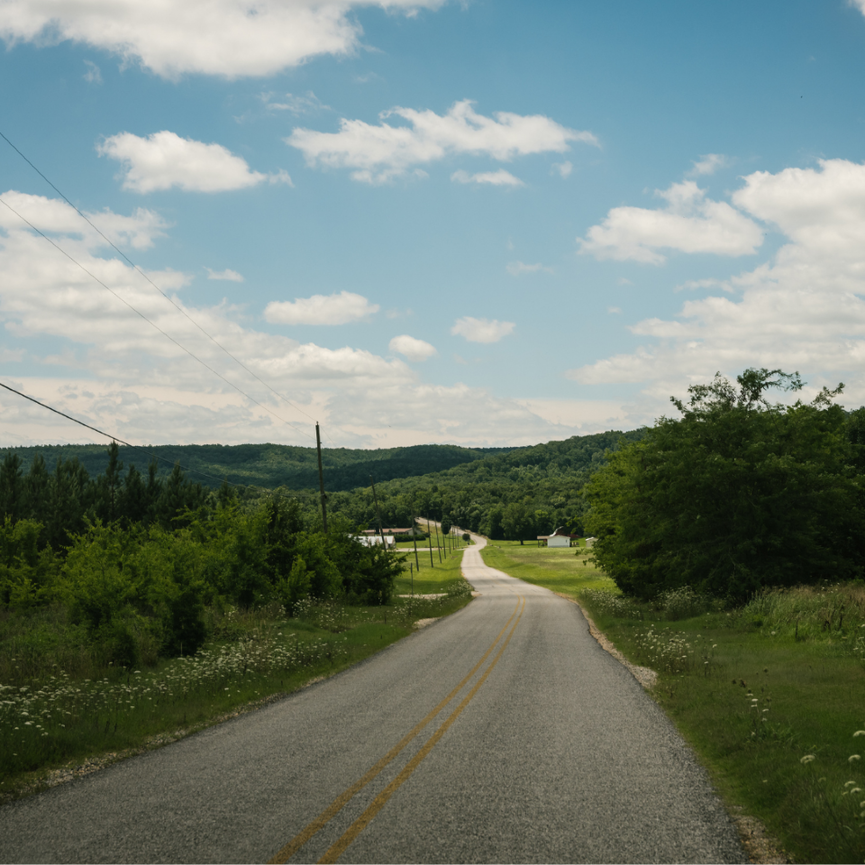
River History
The resources of the Tennessee River made it a prime location for early Native American settlement starting in the Paleolithic Period, 12,000 to 8,500 BCE. Europeans recognized the importance of the river, which prompted Euro-American settlement starting in the eighteenth century. During the nineteenth century, people attempted many times to control the river’s rapids and make its shoals navigable. Success finally came in the late 1800s when Capt. George Washington Goethals took over the task of creating the Muscle Shoals Canal along the Tennessee –- the longest steamboat canal in the world at the time. While the new canal made travel easier, the river was still difficult to navigate and prone to flooding. Later, as hydro-electric power systems developed, many looked to the Tennessee River as a source of energy. The National Defense Act of 1916 allowed the construction of the first dam along the river in Alabama –- Wilson Dam between Lauderdale and Colbert counties. In 1933, in the midst of the Great Depression, Pres. Franklin D. Roosevelt authorized the creation of the Tennessee Valley Authority (TVA) to build and maintain nine dams and various canals along the river. This resulted in an additional dam (Wheeler Dam) and three lakes (Pickwick, Wilson, and Wheeler) that are now within the MSNHA. The TVA dams made the river more accessible, generated power, and fueled industry to modernize the Tennessee River Valley, the poorest region in the United States at the time of the Great Depression.



Current State of the River
While the Tennessee River still supplies power to the region, it also creates opportunities for various economic sectors, including water-based recreation and industry. Although heavy manufacturing is no longer the Shoals’ (Florence, Muscle Shoals, Tuscumbia, and Sheffield) primary industry, the river still brings many people to the area. The increase in river traffic after the creation of TVA propelled the Tennessee River and its local waterways onto the list of world-famous fishing and boating destinations. Numerous festivals held year-around along the water’s banks also bring many visitors to communities within the Muscle Shoals region. Despite decline along the west side of the river, industry is alive and well on the east side with twelve Fortune 500 companies operating facilities in Decatur. Notable manufacturers producing and shipping goods along the river include General Electric, 3M, United Launch Alliance, Ascend Performance Materials, and Meow Mix.
Due to the natural resources, history, culture, and productivity of this stretch of the Tennessee River, the waterway has a past and present overflowing in vitality and a future full of promise.



